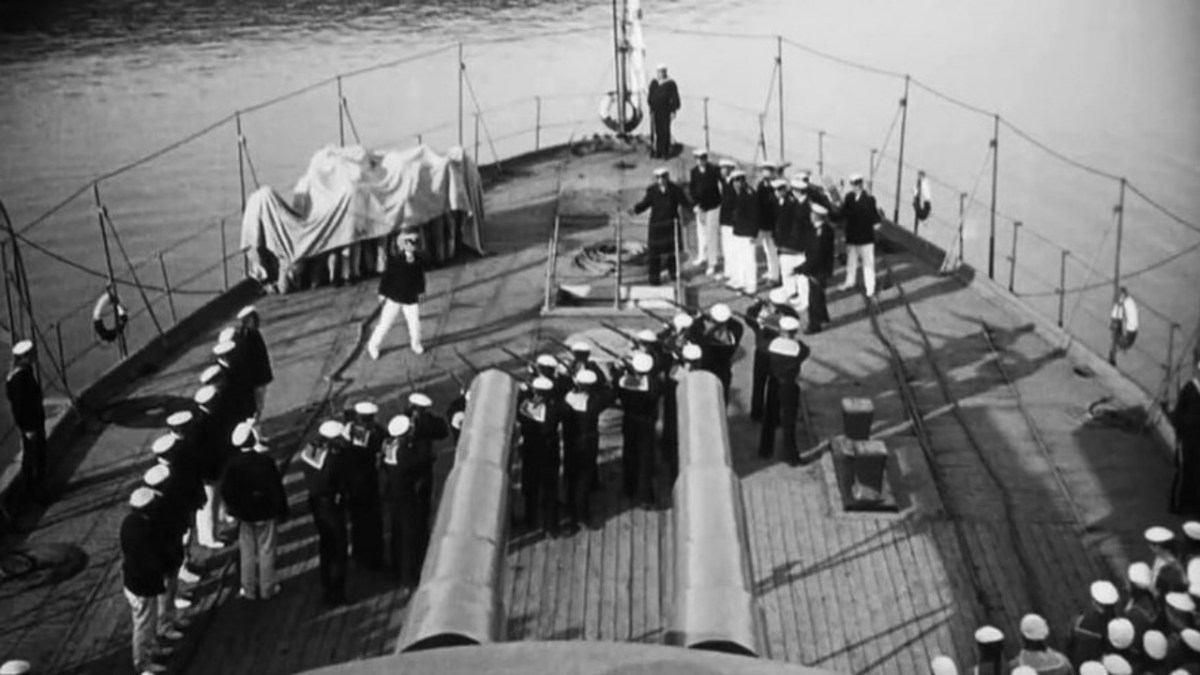One of the most significant pictures of the silent era, Eisenstein’s work is a revolutionary film in more ways than one—as fervent a Soviet propagandist piece as any, as well as a trailblazer in pushing montage theories forward.

Review #2,477
Dir. Sergei Eisenstein
1925 | Soviet Union | Drama | 72 min | 1.25:1 | Silent – Russian
Not rated – likely to be PG13 for some disturbing images
Cast: Aleksandr Antonov, Vladimir Barskiy, Grigoriy Aleksandrov
Plot: In the midst of the Russian Revolution of 1905, the crew of the battleship Potemkin mutiny against the brutal, tyrannical regime of the vessel’s officers.
Awards: –
Distributor: MosFilm
Accessibility Index
Subject Matter: Moderate – Mutiny; Russian Revolution
Narrative Style: Straightforward
Pace: Slightly Slow
Audience Type: General Arthouse
Viewed: YouTube
Spoilers: No
Available for viewing on MosFilm’s YouTube channel: https://www.youtube.com/watch?v=a_bkBbrdyyw
Sergei Eisenstein’s best-known work, and one of the most significant pictures of the silent era, Battleship Potemkin was a revolutionary film in more ways than one. It is as fervent a Soviet propagandist piece as any, as well as a trailblazer in pushing montage theories forward.
Made to commemorate the Russian Revolution of 1905 and to rally the Russian public to fight for communistic beliefs, Battleship Potemkin is told in five chapters, starting with the mutiny of sailors onboard the eponymous ship, who are fed up with the rotten meat that they are forced to cook soup with.
The fourth segment features one of the most famous sequences in all of cinema—the Odessa Steps massacre, which has been parodied in a number of films, most notably Brian De Palma’s The Untouchables (1987).
“All of Russia has risen! Are we to be the last?”
The awakening of the Russian people and a sense of heightened political consciousness were captured radically (at least at the time) through Eisenstein’s hit-the-hammer-on-the-nail visual style, where he applied with judicious precision montage techniques that he had theorised.
Despite some full-throttle scenes of action, dread and suspense, the film also contains stretches of elegiac scenes of Zen-like calm, most apparent in the third segment where crowds turn up to pay their respects to a fallen sailor. At only 70-plus minutes, it is also an accessible and economical place to start with Eisenstein.
Although no one in the right mind today would make a film entirely out of montage techniques, Battleship Potemkin’s influence remains immeasurable, from match cuts masquerading as intellectual montage in arthouse cinema to precise beat-cutting in today’s flashy K-pop music videos.
Grade: A
Trailer:












[…] Battleship Potemkin (1925) […]
LikeLike
[…] Battleship Potemkin (1925) […]
LikeLike
[…] Battleship Potemkin (1925) […]
LikeLike